Products and technologies
BTO’s state-of-the-art equipment and software have been designed and developed by experts to assist scientific research, enhance conservation efforts and answer important ecological questions.
We currently have two products to offer:
BTO Acoustic Pipeline
Species identification and data management for acoustic monitoring.
Movetech Telemetry
Cutting-edge tracking devices for scientific research projects.
BTO Acoustic Pipeline
The BTO Acoustic Pipeline offers unrivalled species identification and data management for acoustic monitoring, and is used across the globe in conservation, management and site assessment.
It provides a smooth and easy end-to-end workflow, with free support from our in-house experts, classifiers for ultrasonic and audible sound, and free or scalable paid plans with bespoke data management options.
- Species identification algorithms developed by Dr Stuart Newson and Dr Simon Gillings in collaboration with experts throughout Europe, distilling years of audio recording and first-hand experience.
- Trusted by citizen scientists, academic researchers, conservation managers, ecological consultancies and commercial surveyors, including those in county councils, National Parks and NGOs.
Since its launch in 2021, the Pipeline has processed over 500 terabytes of audio recordings from more than 2000 users in 25 countries in Europe and beyond.
Monitoring habitat restoration in Polesia
Scientists used the BTO Acoustic Pipeline to process recordings from over 400 locations in Polesia, as part of BTO’s Wilderness Without Borders project.
The area is being studied by the Endangered Landscapes Programme, which seeks to recreate and restore endangered landscapes.
The Pipeline revealed breeding Great Grey Owls at three sites, and improved our knowledge and understanding of bat distribution and activity in the region.
This included information about Greater Noctule and Pond Bat, which are classified as Vulnerable and Near Threatened on the IUCN Red List of Threatened Species.
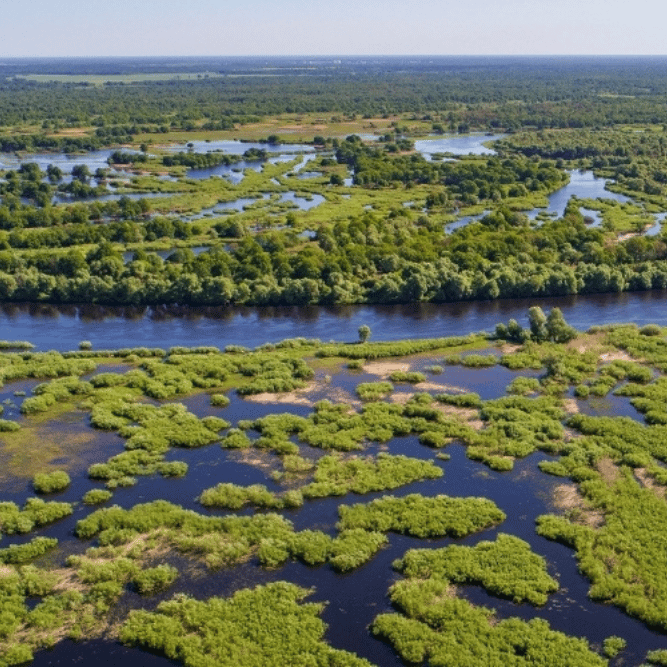
Learn more about the BTO Acoustic Pipeline
Information about free and paid Pipeline plans, species scope and coverage, technological requirements and more can be found on our dedicated BTO Acoustic Pipeline pages.
Visit the PipelineOr contact our team at acoustic.pipeline [at] bto.org to discuss any bespoke requirements and to learn more about our classifiers.
Movetech Telemetry
Movetech provides cutting-edge tracking devices for scientific research projects, bringing together expertise from BTO and three academic partners: University of East Anglia, University of Lisbon and InBIO Research Network.
Our Flyway devices provide an extremely powerful and flexible tracking solution that can be used globally.
- Global Positioning System (GPS) and other sensor data are logged according to user schedules and transmitted via the mobile phone network (GSM), allowing quick and easy access to tracking information.
- Devices can also operate over several years thanks to highly efficient solar charging solutions that can maintain power even in high latitudes.
Dozens of projects on over 20 species including raptors, storks, gannets, boobies, frigatebirds, bustards and gulls have used our Flyway GPS-GSM devices.
Gannets on the move
Movetech GPS tracking devices have been employed for multiple years in the Gannet colonies offshore the Channel Island of Alderney, and have totally revolutionised our understanding of how these seabirds use the marine environment.
One of the main problems with older archival devices was the need to retrieve them from the colony. Many could not be recovered, leading to a significant loss of data. The additional disturbance to the birds’ colony and extra costs of retrieval were also undesirable. By using GPS-GSM devices, the need for successive retrieval trips was prevented.
The project, jointly with the Alderney Wildlife Trust, the University of Liverpool and BTO, has demonstrated the impact of existing and proposed offshore wind farms on this internationally-important seabird colony. Tracking has also shown a diversity of foraging strategies that vary between years.
Learn more about Movetech
Visit the Movetech Telemetry website to discover how our tracking devices are supporting the monitoring and conservation of species from Little Bustard to Herring Gull.
more about MovetechOr please contact Phil Atkinson - our Movetech lead at BTO - to discuss any bespoke requirements and to learn more about our tracking solutions.
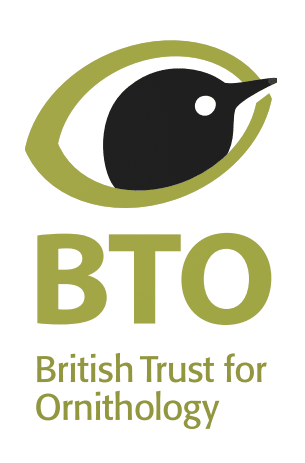
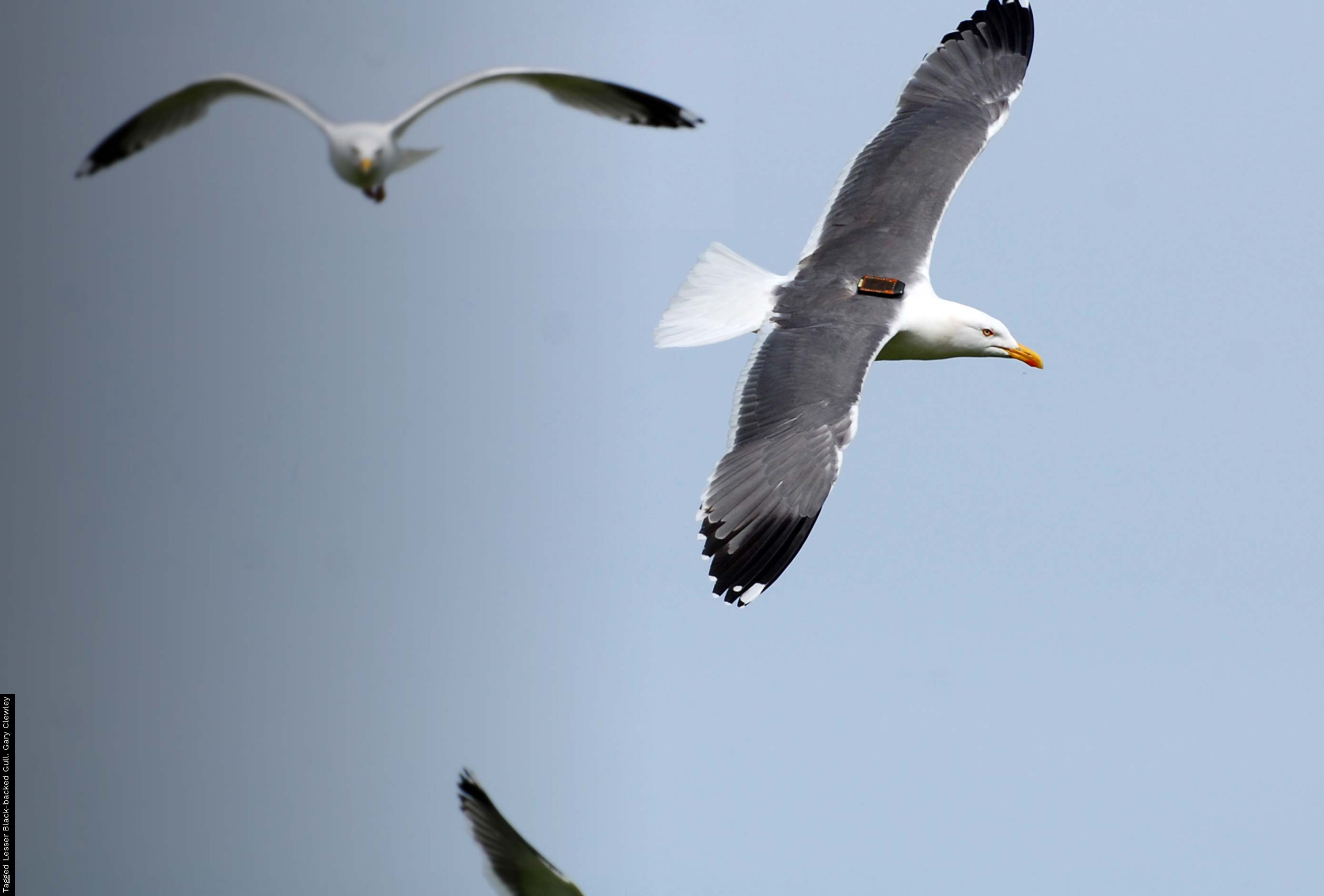



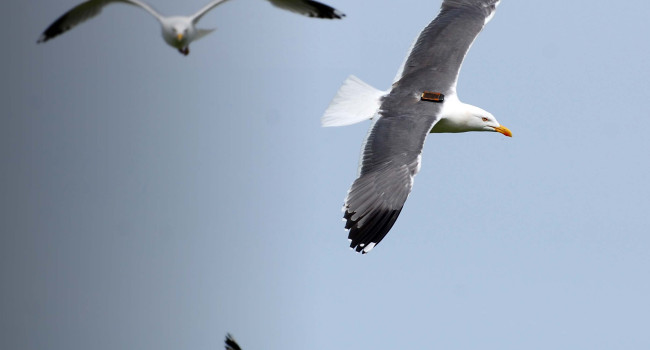
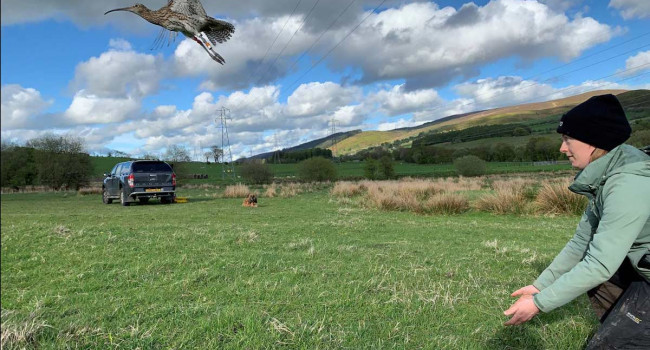
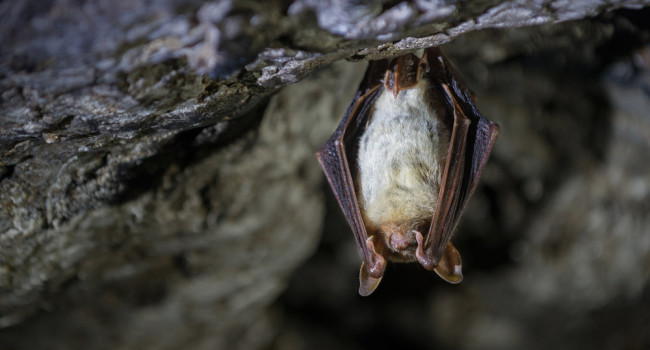

Share this page